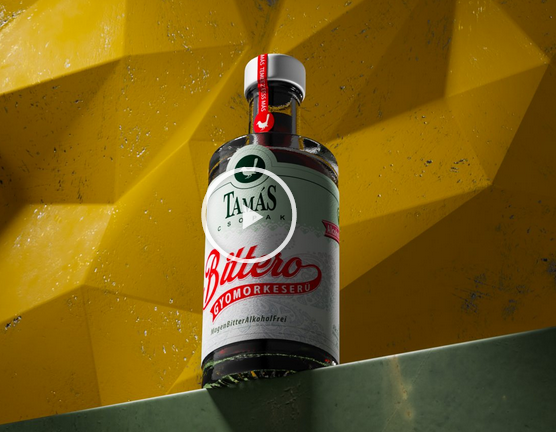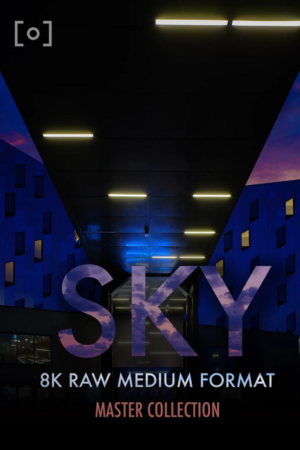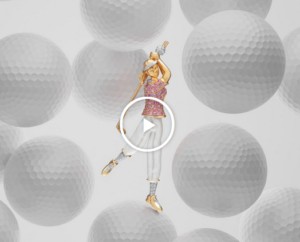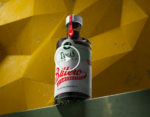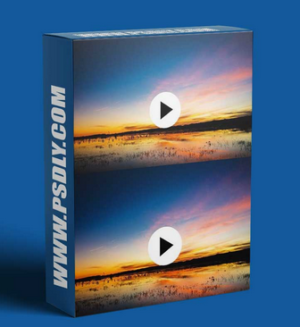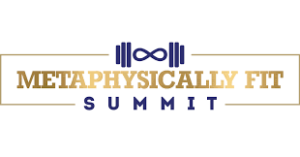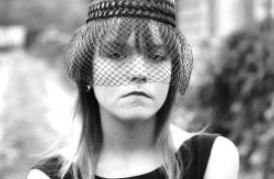As we continue exploring the many ways CGI (Computer Generated Images) can improve your photography workflow. We do this by focusing on improving your CGI photography skills while sharing the mindset behind the composition for this particular type of product. File Size: 547.17 MB
Â
Martin Pitonak – Still Life Academy CGI Beverage Photography
Â
In this CGI photography tutorial you’ll learn how to set up an appealing composition of a wine bottle that attracts attention and puts the product into a high-demand category
What you’ll learn
This course comes with CGI Basics course included and it is recommended to take it prior this course.
This is a advanced course where modeling a beverage product in Blender.
We will take a close look at glass bottle and aluminium cup modeling.
Covering advanced unwrapping, texturing and displacement maps for bottle base.
We will go through more advanced styling and lighting techniques and compositions.
Demo version of Extreme PBR plugin for faster materials creation included.
Extreme PBR is an optional plugin for Blender and we also offer we 25% off on it in this course.
This course comes with all necessary files that you can download and follow up with.
Course description
As we continue exploring the many ways CGI (Computer Generated Images) can improve your photography workflow. We do this by focusing on improving your CGI photography skills while sharing the mindset behind the composition for this particular type of product. In this advanced tutorial, you’ll learn how to model glass bottles in 3D using Blender.
Get immediately download Martin Pitonak – Still Life Academy CGI Beverage Photography
Outcome
How to work with labels and effectively wrap them around bottles. You will be introduced to alpha channels in blender texturing with transparent *.png file. We will spend time working on glass texture using high mapping in experimental mode of Blender. How to approach the composition for a pleasant visual appeal that suits the different audiences and marketing channels.
You will learn how to build the body of the bottle using a low-poly modelling method and specific approach to get the glass look and bounce light as a real one and we will also get in detail on how to use black-and-white images randomly displace the model, to give it a random surface.
You’ll get introduced to a plugin that will save you time and get you pro-grade results. By taking advantage of the standard, built-in tools Blender offers and combining them with real-life studio lighting experience.
I will show you how I create virtual scenes, how I create a diffused light in a Blender and special type of emitting material that simulated product photography lighting technique, that is common only among skilled product photographers.
Finally, you’ll learn about the creative composition and styling and decisions to render an appealing, realistically looking product hero images. These practices come with long-time experience in product photography and practice and now we will learn how to them in 3D

